Introduction -: Hot rolling mills are crucial in the manufacturing industry for processing metals such as steel and aluminum. These mills shape and deform metals at high temperatures to produce various products, including sheets, plates, and rods. To ensure smooth operations and quality output, hot rolling mills employ various control systems. In this article, we will explore the major control systems used in hot rolling mills, understand how they work, and discuss their significance.
The Primary Control Systems in Hot Rolling Mills
Hot rolling mills are equipped with several control systems that work harmoniously to achieve the desired results.
Let’s delve into the major control systems utilized in these mills:
1. Gauge Control System – The gauge control system is vital in achieving precise thickness control of the metal being rolled. It ensures uniformity and consistency in the final product. This system incorporates sensors, hydraulic actuators, and control algorithms to measure and adjust the roll gaps. By monitoring and adjusting the distance between the rolls, the gauge control system ensures the metal is rolled to the exact thickness required.
2. Speed Control System – The speed control system plays a crucial role in regulating the speed at which the metal passes through the rolls. It maintains a synchronized speed between the rolls and the metal being rolled to prevent slippage and ensure proper deformation. By detecting and correcting speed deviations, this control system ensures the product meets the desired specifications.
3. Temperature Control System – Due to the high temperatures involved in hot rolling, the temperature control system is of utmost importance. It maintains the proper temperature throughout the mill to prevent material defects and ensure efficient rolling. This system incorporates thermocouples, pyrometers, and cooling devices to monitor and regulate the temperature in different sections of the mill, such as the heating furnace and the rolls.
4. Tension Control System – The tension control system ensures an optimal tension is maintained on the metal throughout the rolling process. By adjusting the tension based on the characteristics of the material being rolled, this control system eliminates wrinkles, slippage, and surface imperfections. It employs load cells, torque sensors, and feedback control loops to achieve the desired tension and improve the overall quality of the rolled product.
5. Automatic Flatness Control System – The automatic flatness control system is responsible for rectifying any flatness deviations in the rolled metal. It utilizes hydraulic actuators, real-time measurement systems, and advanced control algorithms to adjust the roll positions and correct any irregularities. This control system ensures the finished product meets the specified flatness requirements.
How Do These Control Systems Work?
Each control system in a hot rolling mill operates based on specific principles and mechanisms. Let’s have a closer look at the functioning of these control systems:
The gauge control system continuously measures the thickness of the metal using sensors and adjusts the roll gaps accordingly, ensuring precise thickness control.
The speed control system relies on speed sensors to monitor the rotation of the rolls and the metal. It compares the actual speed with the desired speed and makes necessary adjustments to maintain synchronization.
The temperature control system utilizes temperature sensors and control algorithms to monitor and adjust the heating and cooling mechanisms. It ensures the proper temperature is maintained at all stages of the rolling process.
The tension control system measures the tension on the metal using load cells or torque sensors. It processes this information and adjusts the tension applied to the material to eliminate any undesired effects.
The automatic flatness control system employs real-time measurement systems to detect any flatness deviations. It then utilizes hydraulic actuators to fine-tune the roll positions, rectifying the flatness issues.
The Significance of Control Systems in Hot Rolling Mills Control systems play a crucial role in optimizing the performance and output of hot rolling mills.
They offer several benefits, including:Quality Assurance:
The precise control of thickness, speed, temperature, tension, and flatness ensures the production of high-quality rolled products that meet customer specifications.
Increased Efficiency: Control systems minimize material waste, reduce setup times, and enhance process efficiency. They optimize the use of energy and resources, leading to improved productivity and cost-effectiveness.
Safety Enhancement: By automating various processes and ensuring consistent and reliable operation, control systems contribute to a safer working environment for mill operators and workers.
Process Flexibility: Advanced control systems allow for easy adjustments and rapid changeovers, enabling hot rolling mills to produce a wide range of product sizes and configurations.
Conclusion -: Hot rolling mills heavily rely on control systems to achieve precision, efficiency, and high-quality output. The gauge control system, speed control system, temperature control system, tension control system, and automatic flatness control system all work together to ensure optimal performance. These control systems guarantee the desired thickness, speed, temperature, tension, and flatness, leading to superior rolled products. With their myriad benefits, control systems elevate the overall functionality and competitiveness of hot rolling mills in the manufacturing industry.
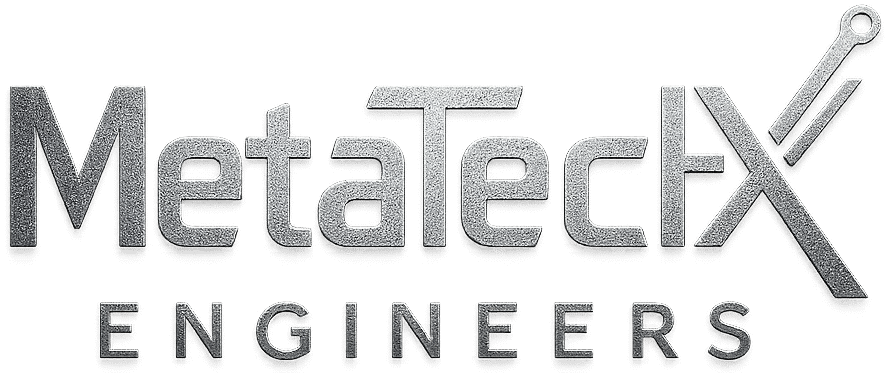
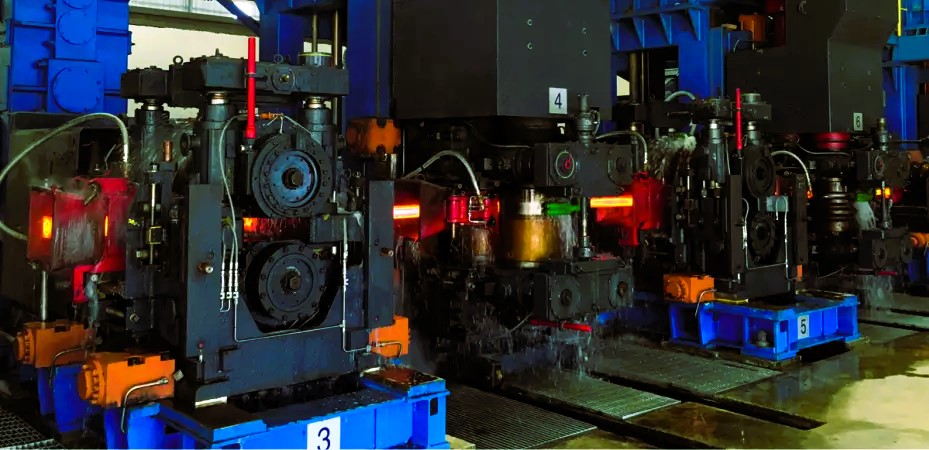
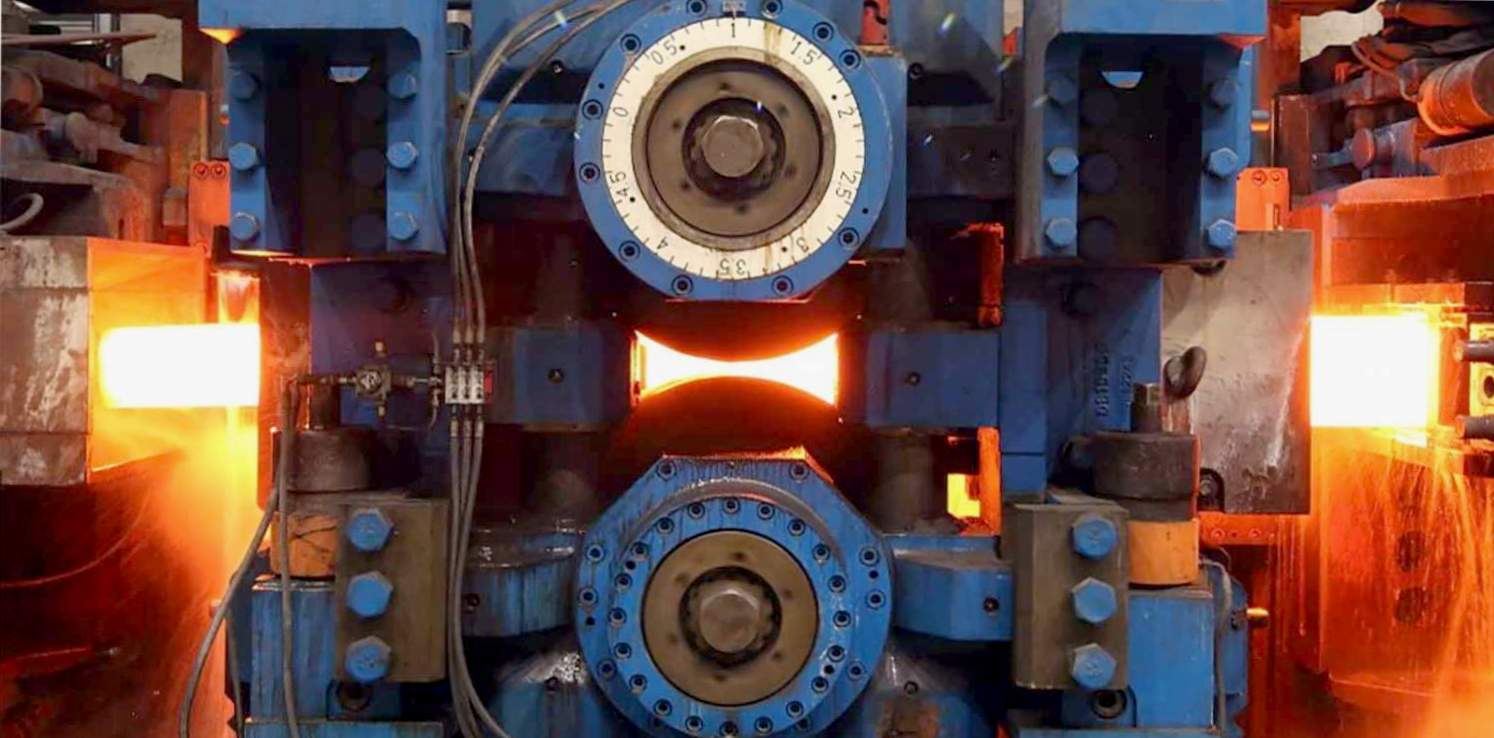
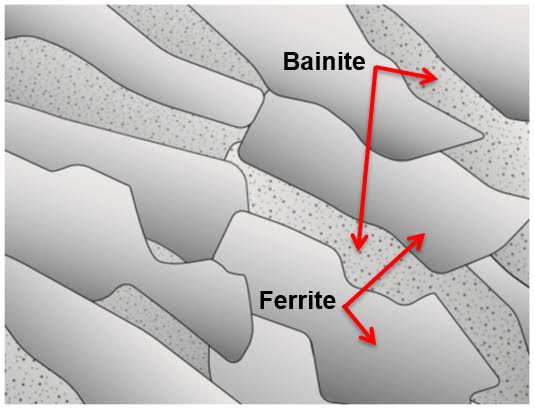
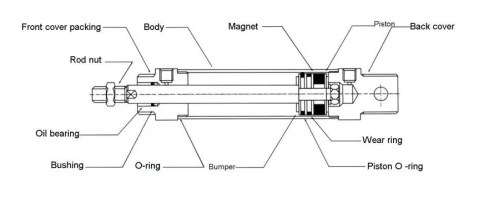
One thought on “The Major Control Systems in Hot Rolling Mill”